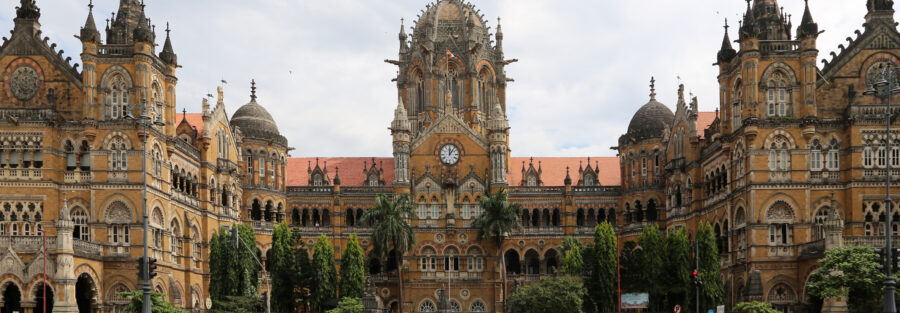British colonial architecture in India refers to the architectural style that emerged during the period of British colonial rule, which lasted for nearly 200 years, from the mid-18th century to the mid-20th century. This architectural style reflects the influence of British tastes, techniques, and ideals on the Indian subcontinent, resulting in the creation of structures that blend European architectural elements with local materials and traditions.
Here are some key features and aspects of British colonial architecture in India:
Architectural Fusion: British colonial architecture in India is characterized by a fusion of British architectural styles with local influences. European architectural elements, such as neoclassical, Gothic Revival, and Victorian styles, were adapted to suit the climatic conditions and cultural context of India.
Government Buildings: Many grand government buildings were constructed during the colonial period as administrative centers. These structures often featured imposing facades, grand entrances, and prominent domes. Examples include the Victoria Memorial in Kolkata and the Secretariat Building in New Delhi.
Railway Stations: The British introduced the railway system to India, and many railway stations were built in a distinctive colonial architectural style. These stations often featured arched entrances, tall towers, and ornate details. The Chhatrapati Shivaji Terminus (formerly Victoria Terminus) in Mumbai is a prime example.
Universities and Institutions: British colonial architecture also left its mark on educational institutions, such as universities and colleges. These structures often displayed elements of Gothic Revival architecture, with pointed arches, spires, and intricate detailing.
Residential Architecture: British officials and traders built homes in India that reflected their European lifestyles. Bungalows, villas, and mansions were designed to provide comfort in the Indian climate, featuring verandas, large windows, and high ceilings.
Churches: Colonial-era churches often featured Gothic architectural elements, with pointed arches, intricate tracery, and soaring spires. The St. John’s Church in Kolkata and the Basilica of Bom Jesus in Goa are examples of such churches.
Public Spaces: Colonial architecture influenced the design of public spaces like parks and gardens. Landscaped gardens, sculptures, and fountains were incorporated into urban planning.
Museums and Cultural Institutions: The British established museums, libraries, and cultural institutions that showcased their colonial interests and educational goals. Many of these buildings combined Western architectural styles with local materials.
Legacy and Controversies: While colonial architecture left behind iconic structures, it’s important to note that the colonial period is also associated with exploitation, cultural imposition, and social upheaval. Some colonial structures have been repurposed, while others remain points of debate due to their colonial connotations.
In summary, British colonial architecture in India represents a unique blend of European architectural styles with indigenous materials and techniques. It left a lasting impact on India’s built environment, with structures that serve as a tangible reminder of the colonial era, its architectural aspirations, and the complexities of that historical period.



